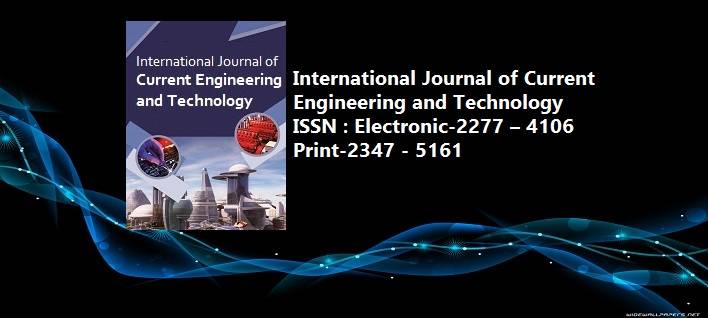The Natural Language Processing Based Approach for Sentiment Analysis of User Reviews of Amazon Product by Using Machine and Deep Learning Algorithms
Pages : 211-223, DOI: https://doi.org/10.14741/ijcet/v.13.3.4
Download PDF
Abstract
Customers can now provide essential feedback, opinions, and recommendations for internet retailers in recent years. Making an automated comment analyzer is the goal of this article. As an additional service, we provide an automated solution for analyzing and classifying customer comments acquired from Amazon data domains. This system should be able to manage a large number of reviews. NB, SVM, GRU, and LSTM supervised learning classifiers should be used to categorize the comments as positive or negative. Naive Bayes models with three distinct variations were used in this study. Support Vector Machine, Multinominal Nave Bayes, and Complement Nave Bayes for sentiment analysis of e-commerce reviews, Gated Recurrent Units and Long Short-Term Memory (LSTM) were used. Real-time data, including product reviews from Amazon’s website, was used to test and evaluate the system. We’ve consulted Amazon’s 10,000 customer reviews on a variety of items. Preprocessing has been done on the data we’ve gathered to make it more usable for analysis. Lowercase processing, stop word removal, punctuation removal, and tokenization were just a few of the data preparation techniques used in this paper. These models were trained on clean data to identify and classify customer sentiment as positive or negative. Machine learning algorithms CNB, MNB, BNB, and SVM obtained 80.00%, 79.90%, 79.35%, and 81.25%, respectively. The deep learning algorithms GRU and LSTM obtained 80.6097% and 76.2619%, respectively. The SVM model has more accuracy than deep learning models, but it takes longer to execute than any other model; it has a very sluggish execution time. We find that the deep learning approaches produce the best results for categorizing consumer attitudes regarding the items.
Keywords: User Reviews, Reviews Polarity, Machine Learning, Deep Learning, Sentiment Analysis



















 MECHPGCON, MIT College of Engineering, Pune, India
MECHPGCON, MIT College of Engineering, Pune, India AMET, MIT College of Engineering, Pune, India
AMET, MIT College of Engineering, Pune, India International Conference on Advances in Mechanical Sciences
International Conference on Advances in Mechanical Sciences  International Symposium on Engineering and Technology
International Symposium on Engineering and Technology International Conference on Women in Science and Engineering
International Conference on Women in Science and Engineering




